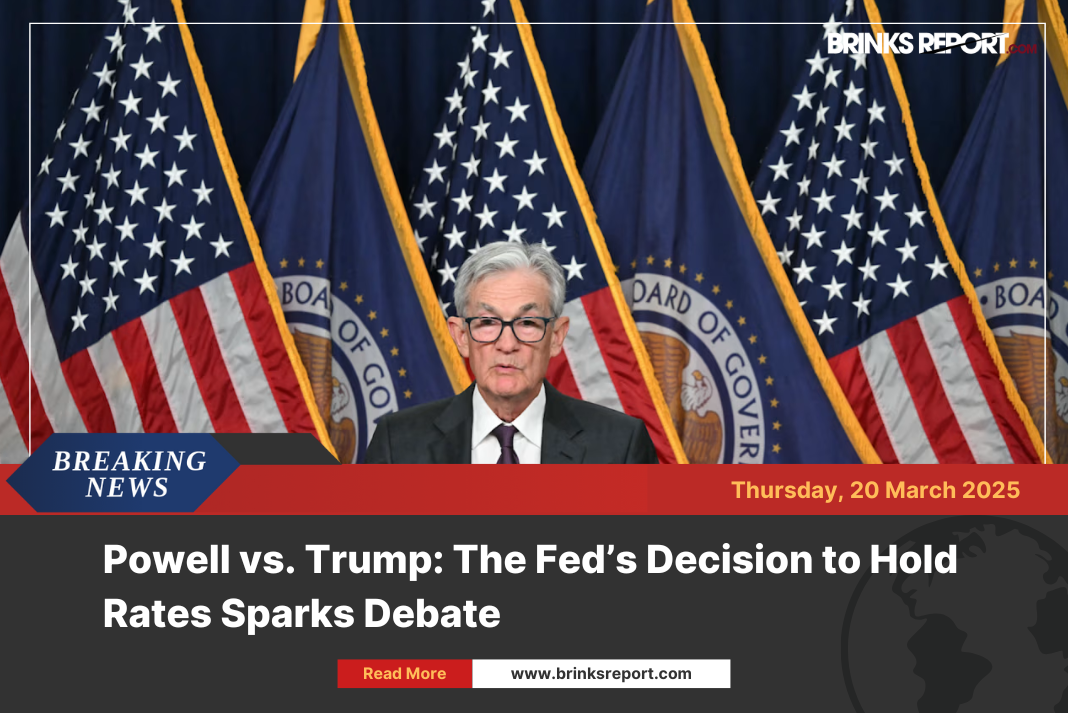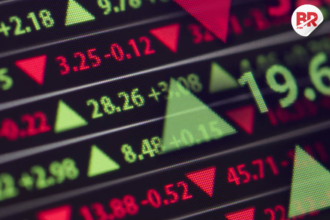
Gold has surged to a new record high of $3,342 per ounce, marking a 3.5% rise. This spike is driven by the escalating trade tensions and the weakness of the U.S. dollar. With the market’s eyes focused on the current global economic landscape, the precious metal’s appeal as a safe-haven investment has never been stronger.
Trade War Escalation
The latest driver behind the rise in gold prices is the ongoing trade war between the U.S. and China. President Trump has made moves to target rare earth imports from China, further escalating the tensions. This has fueled demand for gold, as investors seek refuge from the uncertainty of a prolonged trade conflict.

What does this mean for the average person? Essentially, trade wars often lead to volatility in the stock market. When that happens, people tend to flock to gold as a more stable investment. While your 401(k) might be taking a hit, gold has been thriving—turning what could be a financial storm into a golden opportunity.
Dollar Weakness Drives Gold Higher
In addition to the trade tensions, the U.S. dollar has weakened recently, with the DXY Index dropping by 0.83% to 99.17. A weaker dollar typically makes gold more attractive to international buyers, as the metal is priced in dollars. When the dollar weakens, gold becomes cheaper for those using other currencies, increasing its demand.
Fed’s Position on Inflation and Rate Cuts
Federal Reserve Chair Jerome Powell has also weighed in on the situation. Powell recently warned that the ongoing trade tensions could worsen inflation, dampening hopes for aggressive rate cuts in the near future. Currently, markets are pricing in 91 basis points of rate cuts by 2025, with the first likely to come in July.
The Fed’s stance adds another layer of uncertainty to the market. With inflation risks on the rise, gold’s safe-haven status looks even more appealing. For investors, this presents a potential for greater returns on gold in the near term.
Economic Data and Retail Sales
While economic data paints a mixed picture, there are signs of slower growth. Retail sales increased by 1.4% month-over-month, which is above expectations. However, the GDP-linked control group grew just 0.4%, missing forecasts. This suggests that, while consumers are spending more, the overall economic growth may be slowing.
Additionally, industrial production fell 0.3% in March, further signaling that manufacturing is slowing down. The combination of these mixed economic signals, along with concerns about inflation, is keeping investors on edge. In times like this, gold shines as a stable option.
Also Read: India’s Retail Inflation Hits Six-Year Low: What Does 4.6% Mean for Your Wallet?
Stagflation Fears and Market Uncertainty
One of the bigger concerns facing the economy right now is stagflation—a combination of stagnant growth and high inflation. Powell has highlighted this risk, acknowledging that it complicates the Fed’s policy decisions. For investors, stagflation presents a tricky scenario. It means prices for goods and services could rise, while growth stalls. This is the kind of environment where gold historically performs well, as it is often seen as a hedge against inflation.
Technical Outlook: Resistance and Support Levels
From a technical standpoint, gold’s uptrend remains intact. The next major resistance levels are seen at $3,350, followed by $3,400. On the downside, support levels are at $3,300 (a key level), with further support at $3,229, the low from April 16, and $3,200.
Gold’s record-high prices are driven by a combination of factors—trade tensions, a weaker dollar, and concerns about inflation and economic growth. As these issues unfold, gold remains a go-to investment for those seeking stability in uncertain times. While the future of the global economy may still be unclear, one thing is certain: gold’s status as a safe-haven asset continues to shine.
Also Read: ‘Warning Signs Are Flashing’: Trump Tariffs Threaten Inflation, Says Powell












